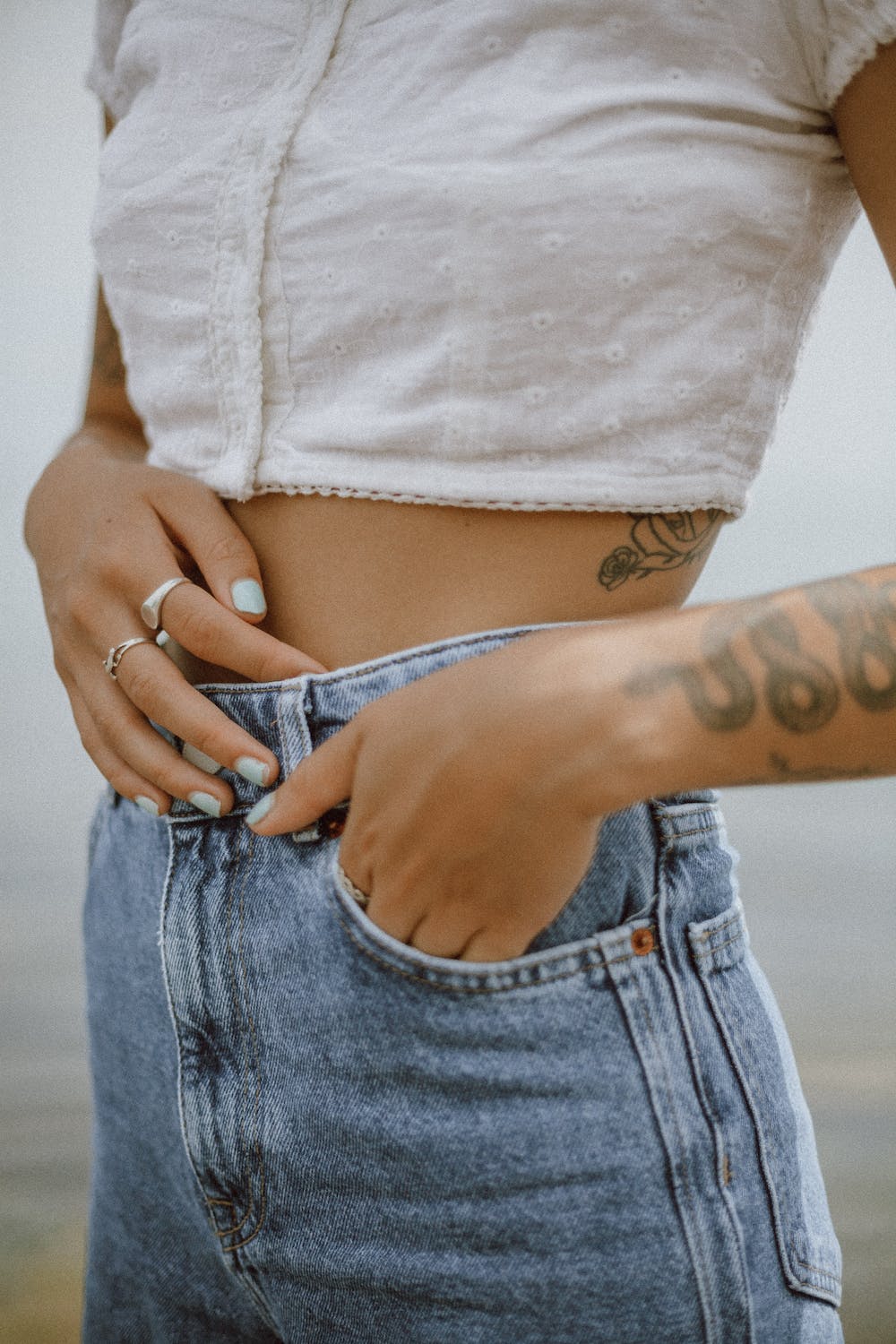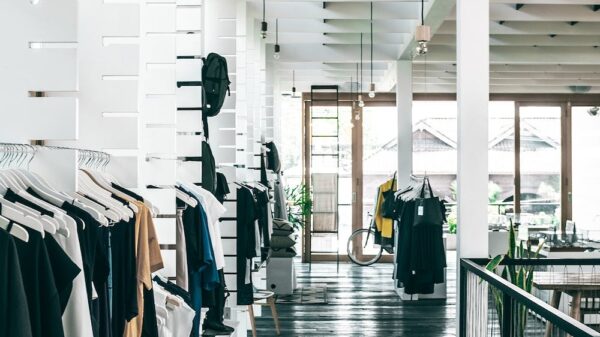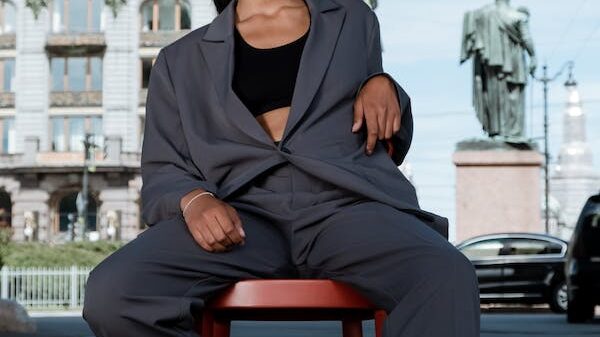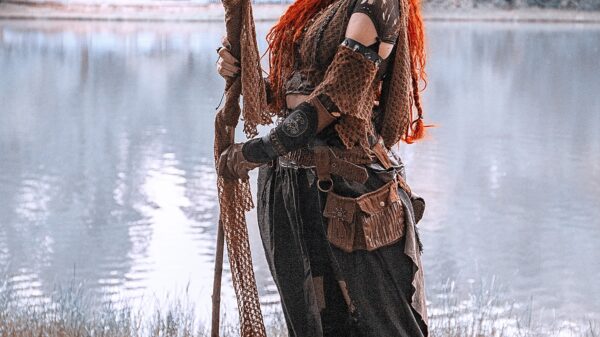From cowboys to street style, denim has been a staple in fashion for over a century. It’s hard to imagine a world without jeans – but how did they become such an iconic piece of clothing? Join us on a journey through the history of denim and discover how this durable fabric has evolved from workwear to high fashion. We’ll also take a peek into the future of jeans styling and see what’s in store for this timeless trend. So grab your favorite pair of denim (we know you have one) and let’s dive into the evolution of denim!
Introduction: What is Denim and its History?
Denim is a sturdy cotton twill fabric with a blue-black color, typically used for jeans. The word “denim” comes from the French word for serge de Nîmes, meaning serge from Nîmes. Denim was originally made in Nîmes, France, and was later introduced to the United States by Levi Strauss & Co. in the 1850s.
Denim has been a popular fabric for clothing since the 19th century. It is durable and comfortable, making it perfect for workwear and casual wear. Denim is also easy to care for, which makes it ideal for everyday wear.
The history of denim is fascinating. The fabric was first introduced in the United States as workwear for laborers and cowboys. Over time, denim has evolved into a fashion staple worn by people all over the world. Today, there are endless possibilities for denim garments, from classic jeans to trendy jackets and everything in between.
As we look to the future, it’s clear that denim will continue to evolve. New styles and silhouettes will emerge, and denim will remain a wardrobe essential for people of all ages.
The Emergence of Jeans in the 20th Century
The emergence of jeans in the 20th century was largely due to the popularity of Western films and television shows. In the 1950s, Hollywood celebrities like James Dean and Marlon Brando popularized the “rebel” look with their signature denim jackets and jeans. This fashion trend quickly spread to the mainstream population and became a staple in American culture.
During the 1960s and 1970s, jeans became increasingly popular with both men and women of all ages. This was due in part to the rise of youth culture and the hippie movement. Jeans were seen as a symbol of rebellion and freedom, which appealed to many young people at the time.
In the 1980s, designer brands like Calvin Klein and Levi’s began to dominate the market, thanks in part to heavy marketing campaigns featuring supermodels like Brooke Shields. These brands helped solidify jeans as a fashion staple for both men and women.
Today, jeans are more popular than ever before. They are comfortable, versatile, and come in a variety of styles to suit any taste. Whether you’re looking for a classic pair of Levi’s or something more trendy, there’s a pair of jeans out there for everyone.
How have Jeans evolved in Different Countries?
While jeans may have originated in the United States, they have since become a global phenomenon. Different countries have put their own spin on the classic denim look, resulting in a variety of unique styles.
In Japan, for example, raw denim is extremely popular. Japanese brands like Kapital and Momotaro are known for their high-quality selvedge jeans, which are often worn without washing for months (or even years) to create a unique patina.
Italian brands like Diesel and Replay have also made a name for themselves in the denim world. Italian jeans tend to be slimmer and more fashion-forward than their American counterparts, with lots of attention paid to detail and fit.
British brands like All Saints and Topshop are known for their edgy, rock ‘n’ roll-inspired looks. British jeans are often distressed or ripped, with an emphasis on attitude over perfection.
Finally, Scandinavian brands like Nudie Jeans and Acne Studios focus on sustainable and ethical production methods. Their simple, clean-cut styles are perfect for those who want to minimize their impact on the environment.
The Impact of Sustainable Materials on the Denim Industry
The denim industry has come a long way since the early days of Levi Strauss & Co. and Levis 501s. Today, there is a growing emphasis on sustainable materials in the denim industry, as consumers become more aware of the environmental impact of their clothing choices.
Sustainable materials are those that are produced in a way that minimizes negative environmental impacts, such as water pollution, carbon emissions, and deforestation. In the denim industry, sustainable materials include organic cotton, recycled cotton, and hemp.
Organic cotton is grown without the use of harmful pesticides or synthetic fertilizers. Recycled cotton is made from post-consumer waste, such as old jeans or t-shirts. Hemp is a naturally durable and pest-resistant plant that requires little water to grow.
The use of sustainable materials in denim production is having a positive impact on the environment. For example, organic cotton farming helps to preserve water resources and reduce carbon emissions. Recycled cotton reduces the amount of textile waste that ends up in landfills. And hemp cultivation can help to restore degraded soils and prevent deforestation.
As more consumers become aware of the environmental impact of their clothing choices, the demand for sustainable denim will continue to grow. This will create opportunities for innovative brands that are willing to invest in sustainable materials and production processes.
Latest Trends in Denim Design
The denim industry is always changing and evolving. Designers are constantly coming up with new ways to update this classic wardrobe staple. Here are some of the latest trends in denim design:
1. Distressed Denim – This trend has been around for a few years now, but it shows no signs of slowing down. Distressed jeans are the perfect way to add a bit of edge to your look.
2. Embellished Denim – Another way to add some personality to your jeans is by opting for a pair that is embellished with beads, sequins, or other details.
3. Cropped Denim – Cropped jeans are a great choice for warmer weather. They also work well if you want to show off a pair of cute shoes or ankle boots.
4. Wide-Leg Denim – Wide-leg denim is having a moment right now. This silhouette looks great on all body types and can be dressed up or down depending on the occasion.
5. High-Waisted Denim – High-waisted jeans are flattering and comfortable, making them a popular choice among women of all ages.
Different Types of Jeans and their Uses:
There are many different types of jeans on the market today, and each has its own unique purpose. Here is a look at some of the most popular types of jeans and their uses:
1. Skinny Jeans – Skinny jeans are tight-fitting jeans that hug your curves and show off your figure. They can be worn with everything from a T-shirt to a dressy blouse, making them versatile and stylish.
2. Bootcut Jeans – Bootcut jeans are designed to fit over boots, hence the name. They are usually slightly flared at the bottom to accommodate for this. They can be worn with both flats and heels, making them a versatile choice for any outfit.
3. Wide Leg Jeans – Wide leg jeans are just as they sound – they have a wide leg opening that can make them appear baggy on some body types. However, when worn with the right top and shoes, they can look extremely chic and stylish.
4. Cropped Jeans – Cropped jeans are shorter than regular jeans, stopping at the ankle or mid-calf. They are perfect for showing off your cute shoes or pairing with a flowy top on warmer days.
Future of Denim Technology
The industry is constantly evolving to meet the needs of consumers. It technology has come a long way in recent years, and the future looks even brighter for this versatile fabric.
Its manufacturers are always looking for ways to improve the quality of their products. In the past, denim was often treated with harsh chemicals and dyes that could be damaging to the environment. Today, however, more eco-friendly methods are being used to treat and dye denim fabrics. This means that your jeans can now be made without harming the planet.
The future of denim technology also includes new finishes and treatments that can make your jeans look and feel better than ever before. Some of these new finishes include distressed denim, raw denim, and selvedge denim. Distressed denim has a vintage look that is achieved by using special techniques to create holes, tears, and other signs of wear and tear. Raw is untreated and unrinsed, which gives it a unique look and feel. Selvedge denim is made on narrow looms that create a clean edge on the fabric, which prevents fraying or unraveling over time.
Its manufacturers are always looking for ways to improve the quality of their products. In the past, denim was often treated with harsh chemicals and dyes that could be damaging to the environment. Today, however, more eco-friendly methods are being used to treat and dye denim fabrics…
Conclusion
We have seen how jeans have evolved from humble beginnings to become the fashion staple they are today because they are now a wardrobe essential that can be dressed up or down, depending on the occasion. Jeans will no doubt continue to evolve with newer materials and innovations in design, so it is exciting to think of what the future holds for this timeless piece of clothing!









